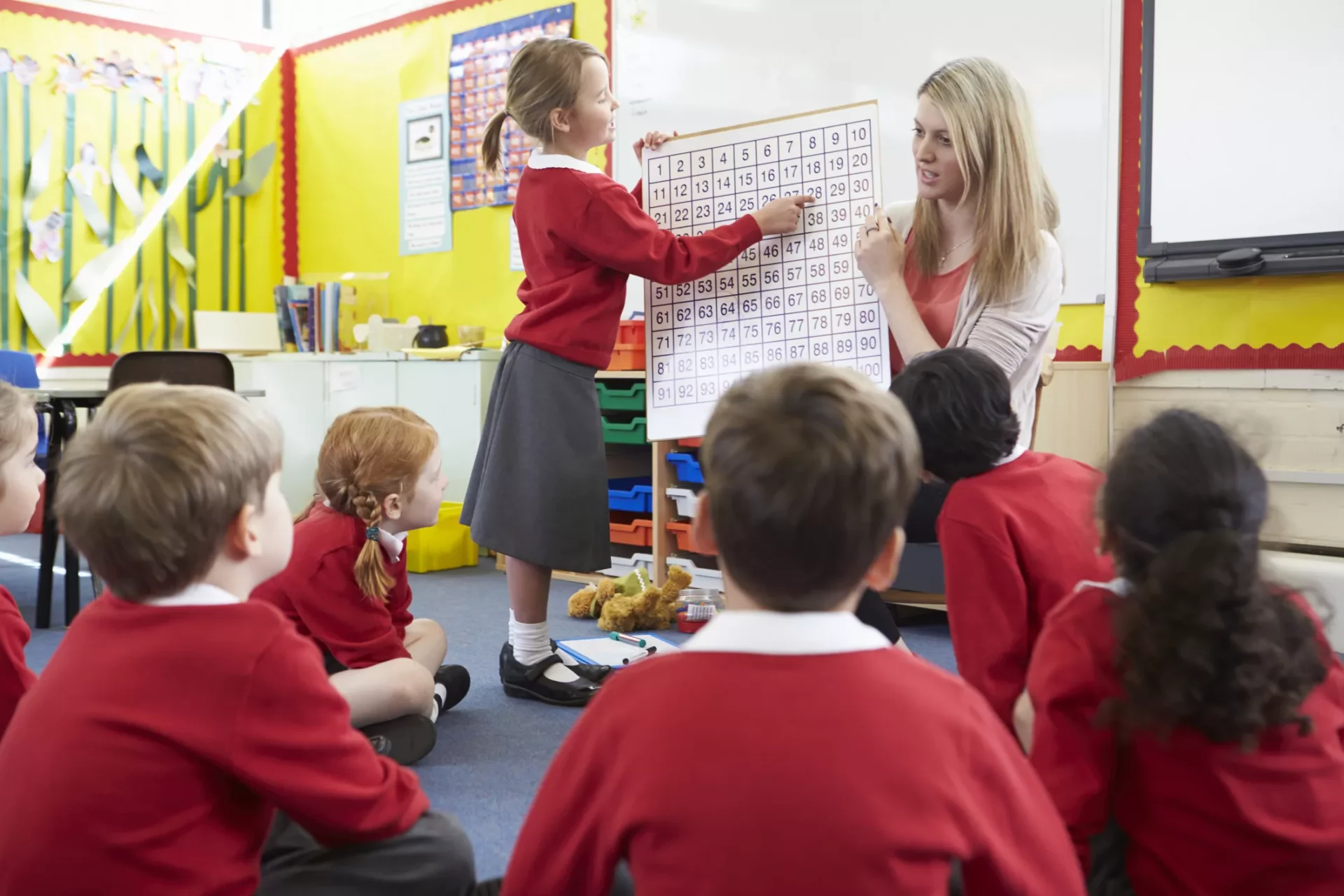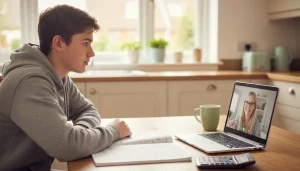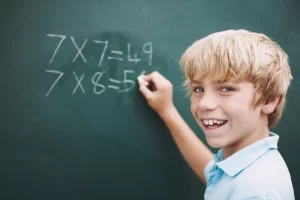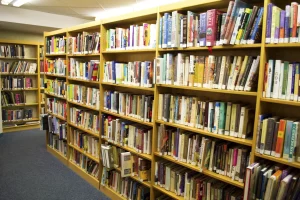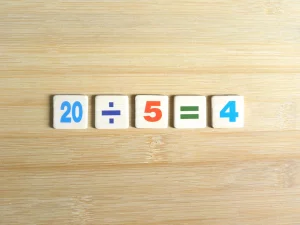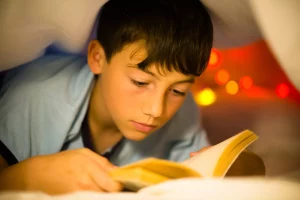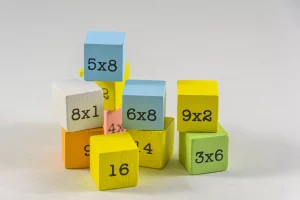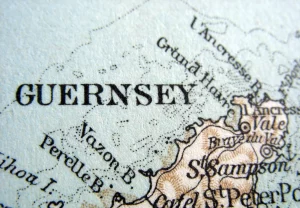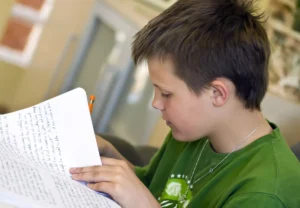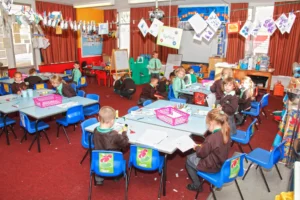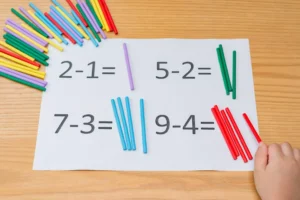Here in Guernsey we are extremely lucky to have a fantastic maths curriculum, written by education professionals and developed with Guernsey teachers and maths tutors. The curriculum was developed over a number of years, led by the highly renowned educationalist, Mick Walters, and sets out a wide range of skills and knowledge for children aged 5 to 14, in years 1 to 9. Children in nursery and Reception follow the Early Years Foundation Stage Curriculum (EYFS).
The Bailiwick of Guernsey Curriculum sets out what all children in Guernsey, Herm and Alderney, are entitled to. Whilst there may be some differences between schools on how the learning is delivered and what individual lessons may look like, the progression of skills and concepts will be the same across all schools, matched broadly to your child’s age and stage of development. If your child is working with a specialist maths tutor in Guernsey, of course, this learning will be finely tuned and individualised to your child’s needs.
When developing the island’s curriculum, teachers and maths tutors in Guernsey were informed by research on mathematical development and the key skills in each of the four curriculum areas, as well as examining other examples of leading teaching and maths tutor models worldwide. In the classroom, and online with our Tutoring Heroes maths tutors, we are always looking for and using best practice to help children develop their mathematical skills and understanding in four areas: Number; Shape, Space and Measure; and Data Handling. The fourth area, Using and Applying, will make use of the mathematical concepts from each area to solve problems of all kinds, investigate and present findings in a variety of ways.
Let’s take a look at each area of the Guernsey Maths Curriculum, and how your child’s teacher or maths tutor will help them build robust mathematical understanding in each age group.
Prior Learning
During their time in the Early Years Foundation Stage and in Key Stage One, your child will have developed a strong understanding of numbers up to 100, place value using tens and ones, and the foundations of addition, subtraction, multiplication and division using non standard methods and mental maths skills. Physical equipment will have played a key role in developing understanding of these concepts, as well as beginning to grasp key mathematical language.
Years 3 and 4
There is a huge amount of mathematical development as your child grows through the junior department of their school, increasing their skills across the four key areas. It is completely normal for children to continue to make use of physical equipment, as well as pictorial aides such as bar models to help develop their conceptual understanding; the aim is to develop the ability to think about maths in an abstract way, but new skills and concepts will always be introduced using equipment and pictures to support. Daily lessons of between 50 – 60 minutes would be considered the norm in this age group, and additional sessions dedicated to mental maths skills several times a week would be expected.
It is important to remember that children’s written methods will differ depending on their age and stage of learning, and the expectation is that children will only begin to use standard algorithms by the end of the upper juniors. Here’s what you can expect your child to be learning in the first two years of maths tutoring in Guernsey’s KS2 classrooms:
Number Year 3 & 4
• Numbers up to 1000, including negative numbers
• Partition and recombine 4 digit numbers using place value (e.g. 673 = 600 + 70 + 3)
• Estimating and rounding
• Factors, multiples and square numbers, begin to recognise prime numbers
• Number bonds to 100 (e.g. 62 + __ = 100)
• Add and subtract 2 digit numbers mentally
• Use a range of written methods to add and subtract whole numbers up to 1000
• Times tables up to 10 x 10 and derived division facts
• Multiply and divide 2 digit numbers by a 1 digit number and by 10 using an appropriate written method
• Unit fractions e.g. 1/5, 1/8 and simple fractions e.g. 4/6, 3/4. Recognising equivalents
• Find fractions of shapes and amounts
• Understand the concept of decimal places and begin to use this in relevant contexts e.g. money and measure
• Simple ratio using practical equipment
• Solve a range of number problems, and explain using mathematical language and justification
• Make and explore number sequences, including missing numbers
• Use inverse operations to solve empty box problems e.g. 42 + ___ = 183
Shape, Space and Measure Year 3 & 4
• Identify and classify more complex 2D shapes such as quadrilaterals such as parallelogram, rhombus, trapezium, kite and 3D shapes such as prisms, and use appropriate vocabulary to describe them
• Explore and recognise nets of 3D shapes
• Explore tessellation practically
• Recognise symmetry in 2D shapes and patterns
• Read and plot coordinates in all 4 quadrants
• Use standard units of measure for length, weight and capacity, and estimate
• Read scales with divisions of 2, 5 and 10
• Begin to convert between measures e.g. m to cm, kg, to g
• Calculate perimeter and area of regular shapes
• Identify right angles, acute and obtuse, and use fractions of turn e.g. right angle is 1/4 turn
• Directional and positional language including 8 points of the compass
• Tell the time on analogue and digital clocks to 5 minute intervals
Data Handling Year 3 & 4
• Make predictions based on prior understanding
• Use Venn and Carroll diagrams to organise data
• Decide what data to collect, how to collect and record it
• Construct bar charts, tally charts, frequency tables and diagrams, infographics and pictograms to display data in a range of ways
• Use scales where intervals are more than 1
• Interpret and answer questions about data, including one and two step problems
Years 5 & 6
As your child heads into the upper Juniors they are preparing to join one of the island’s secondary schools. As such, in years 5 and 6, teachers and maths tutors in Guernsey are laying essential groundwork for a great number of the skills which will extend towards children’s GCSE maths studies, setting the foundation for their future mathematical successes! As you will see, the level of maths required by the end of year 6 includes some complex procedures, and most children would benefit from additional time with a maths tutor to really grasp and feel confident with the concepts and skills required.
Number Year 5 & 6
• Numbers up to 1,000,000 and beyond, including negative numbers
• Using place value to multiple and divide whole and decimal numbers by 10, 100 and 1000
• Estimate and round numbers to aid in problem solving
• Times tables up to 10 x 10
• Understand and identify properties of numbers including factors, multiples, prime, squares, square roots, cubes, lowest common multiples and highest common factors
• Appropriate written methods for addition, subtraction, multiplication and division using whole numbers and decimals, including standard written algorithms
• Fractions including improper (e.g. 7/5, 11/9) and mixed numbers (e.g. 14 2/3), ordering fractions, addition of fractions. Fractions is a topic that our maths tutors in Guernsey are often asked to help students with
• Recognise equivalent fractions, ratios and percentages
• Use decimals to 3 places, round to the nearest 3 decimal places
• Use percentage increases and decreases, find a percentage of an amount
• Use ratio and direct proportion
• Explain relationships between number patterns
• Use simple formula to solve linear algebraic equations with unknowns on one side (e.g. x + 2 = 24 – 6)
Shape, Space and Measure Year 5 & 6
• Identify and classify 2D and 3D shapes by their properties
• Visualise shapes and make 2D representations of 3D shapes, including constructing nets of 3D shapes
• Tessellation, symmetry, reflection and transformation of shapes in all 4 quadrants
• Use standard units to estimate and accurately measure length, weight and capacity, including reading a range of different scales with differing ranges of intervals with decimals and fractions
• Convert between units in the metric system e.g. cm to km and from metric to Imperial and vice versa
• Perimeter, area and related formulae
• Use a protractor to draw and measure acute, obtuse and reflex angles
• Use appropriate equipment to draw circles and triangles accurately
• Tell the time using digital and analogue clocks, solve time problems and read timetables, calendars and real life expressions of time
Data Handling Year 5 & 6
• Make hypotheses based on experience
• Decide why and how to collect data, and how best to record it
• Use and construct the full range of data representations (bar charts, tally charts, frequency tables and diagrams, infographic and pictograms) to include drawing and deciding on appropriate scale
• Interpret results and explain using mathematical language
• Use and calculate mean, median, mode and ranges to summarise and compare data sets
what does it all add up to?
At the end of year 6, children move on to either St Sampson’s, Les Beaucamps or Les Varendes (currently known as the Guernsey Grammar School), or one of the private schools, namely Elizabeth College, Ladies College and Blanchelande College. Some children may be offered a place at Les Voies or Le Murier Schools which cater for children with additional educational needs. You can find more information about the maths curriculum in Guernsey high schools here (please insert live link to relevant article).
It is so important that all children leave primary school with a solid understanding of all areas of the Guernsey Maths Curriculum. If you have any concerns over your child’s learning in Maths, or even one specific area, don’t hesitate to give our expert Guernsey maths tutors a call, so we can help your child get the most out of their primary school maths experience!


